Notably the world’s sixth-oldest family business still in operation today, Barovier & Toso is a multi-generational glassmaking manufactory, known in design circles for its 20th-century artisanal, idiosyncratic collections of decorative Murano glass
.
Despite the general dearth of information about the company’s early activity, its roots can be traced back to the island of Murano in the late-13th century, when Barovier progenitor Jacobello formally began the family’s long-standing tradition of maestri vetrai—glassmakers of the highest pedigree. Over the ensuing centuries, the Barovier workshop mainly produced bottles and common-use glassware (e.g., cups, chalcedony vases, etc.), alongside mosaic enamels and colored glasswork. These early pieces possessed a distinctively crystalline appearance, enabled by the chemical innovations of Angelo Barovier, who, in 1450, had discovered how to produce the first perfectly transparent glass (or “vetro cristallino,” in Italian).
At the turn of the 20th century, the company—renamed Artisti Barovier in 1896—embarked upon a rich period of further innovation, introducing many major developments to the glass-making field. To appeal to a broader range of tastes, descendent Giuseppe Barovier and the Venetian artist Vittorio Secchin produced, into the interwar period, a motley of expressive designs using multicolored murrine: a glass type qua glassmaking process that Giuseppe revolutionized, in which molten glass is layered around a core, heated, stretched, cooled, then sliced like a babka loaf, to reveal a pattern inside. Among the rarest and most significant Barovier pieces today, these Art Nouveau-inspired designs often featured peacocks, flowers, and landscape views and include the iconic vases exhibited at the Mostra dei Fiori at Pallazo Ducale in 1914.
In 1920, Ercole Barovier (1889-1974), a son of Giuseppe's brother Benvenuto, joined the workshop, initiating what would become an almost 50-year artistic directorship that oversaw the design of nearly 23,000 glass products. An experimental designer more so than a craftsman, Ercole steered Artisti Barovier toward a more explicitly modernist output—a transition which showed its first legs at the 1930’s Biennale with his Primavera series of vases and animal sculptures. Extremely fragile, milky-white glass filled with interior hairline cracks and tiny bubbles, these pieces—whose manufacturing process has been lost to history—currently fetch high value on the vintage market (A Primavera glass pigeon, for example, sold recently at British auction house Christie's East for $80,000).
During the 1930s, Ercole began experimenting with heavier, more sculptural glass forms that feature uneven surfaces and handles. Comprising large, cylindrical elements decorated with crystal pyramids, Ercole’s Rostrato series (1938) is among the most beloved and copied Barovier collection from this period. Onward through his tenure, which ended in 1972, Ercole would continue to innovate and explore, jaunting through such novel styles as the complex, polychrome abstractions of the Oriente series (ca. 1940s) of vases and bowls; the serpentine Spiral patterns (ca. 1950s); the pebbly textured Barbarico line (ca. 1950s) made from oxides placed on glass; and the Pezatto series (ca. 1950s and 1960s), which often used strongly contrasting mosaic pieces.
In 1936, Artisti Barovier merged with S.A.I.A.R. Ferro-Toso to form Ferro-Toso-Barovier, a name which flitted to other iterations in the ensuing years, before settling, in 1942, in the current name of Barovier & Toso.
Today, helmed by Jacopo Barovier, the company employs 85 people at its headquarters in Palazzo Contarini in Murano. In addition to restaurants, hotels, and a wide range of private clients, the workshop’s vibrant creations can be found in fashion and jewelry showrooms such as Dior, Dolce & Gabbana and Cartier.

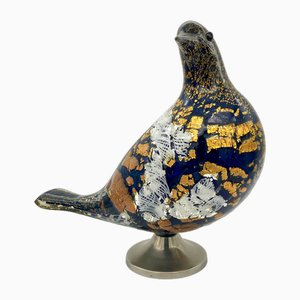

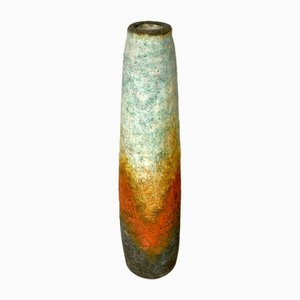
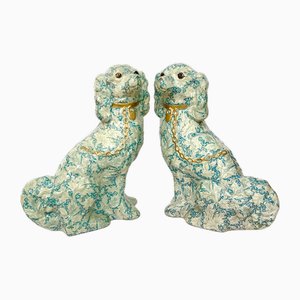
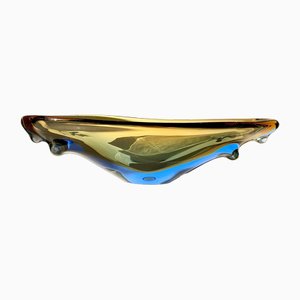
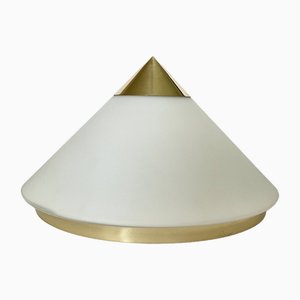
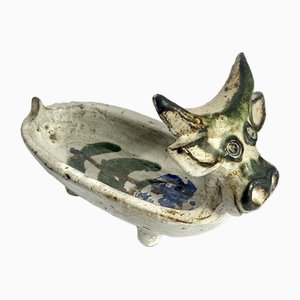
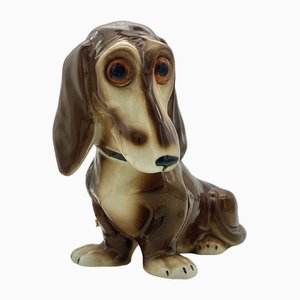
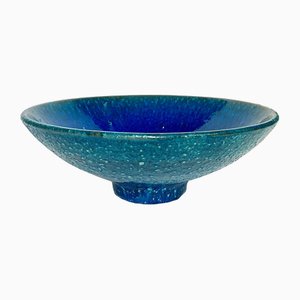

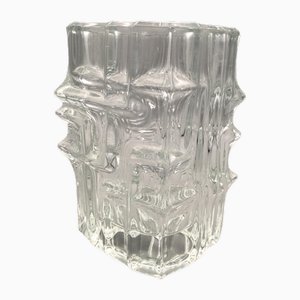
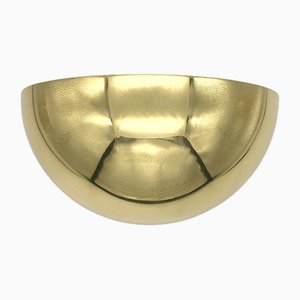
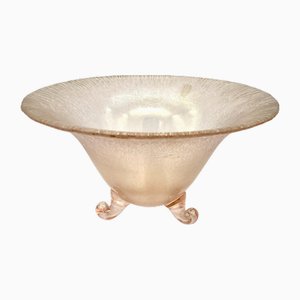
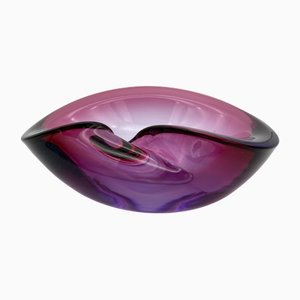

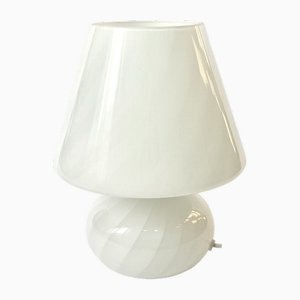
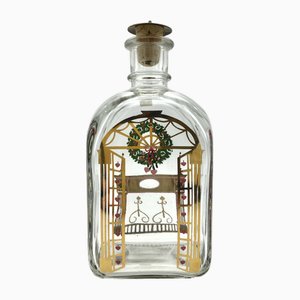
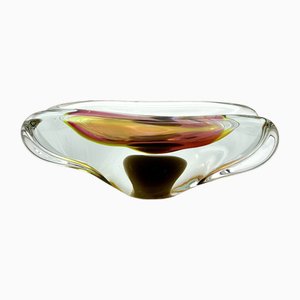
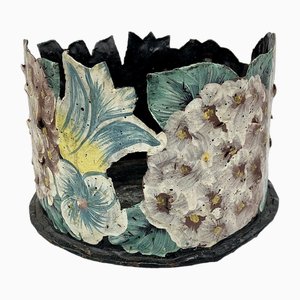
Schreiben Sie uns
Ein Angebot machen
Uns ist aufgefallen, dass Sie neu bei Pamono sind!
Bitte akzeptieren Sie die Allgemeinen Geschäftsbedingungen und die Datenschutzerklärung
Schreiben Sie uns
Ein Angebot machen
Fast geschafft!
Um die Kommunikation einsehen und verfolgen zu können, schließen Sie bitte Ihre Registrierung ab. Um mit Ihrem Angebot auf der Plattform fortzufahren, schließen Sie bitte die Registrierung ab.Erfolgreich
Vielen Dank für Ihre Anfrage! Unser Team meldet sich in Kürze bei Ihnen zurück.
Wenn Sie Architekt*in oder Inneneinrichter*in sind, bewerben Sie sich hier um dem Trage Program beizutreten.